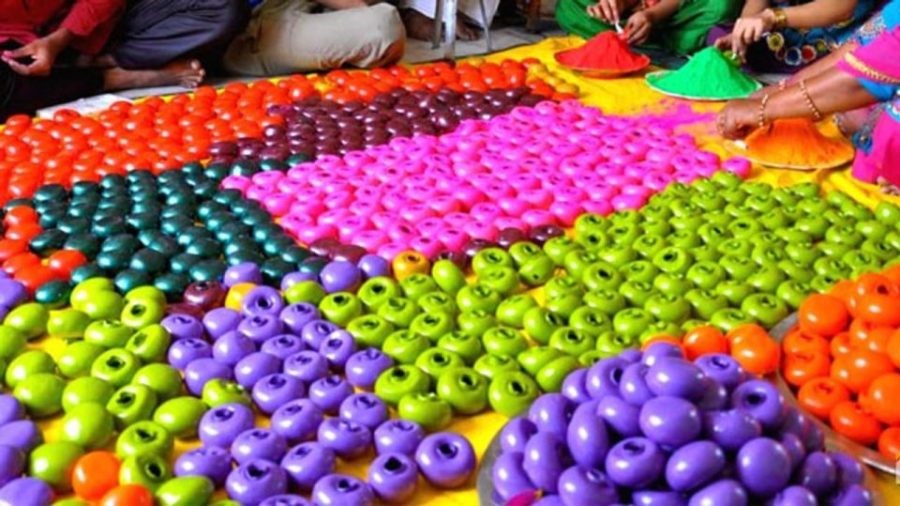Free Courses Sale ends Soon, Get It Now


Free Courses Sale ends Soon, Get It Now



Disclaimer: Copyright infringement not intended.
Context
On the festival of Holi on March 25, in select areas of Jaipur, Rajasthan, a traditional practice unfolded involving the throwing of colors using a distinct method known as "Gulaal Gota."
Details
Description of Gulaal Gota
Manufacturing Process
Origin of Raw Materials
Unique to Jaipur
Economics of the Tradition
Challenges
|
PRACTICE QUESTION Q. What is the significance of Bagru in the history of Gulaal Gota making? a) It's the place where the lac is obtained. b) It's the place where the Manihaars settled and learned lac-making. c) It's the place where the Gulaal Gota tradition originated. d) It's the main market for selling Gulaal Gotas. Answer: b) |
© 2024 iasgyan. All right reserved